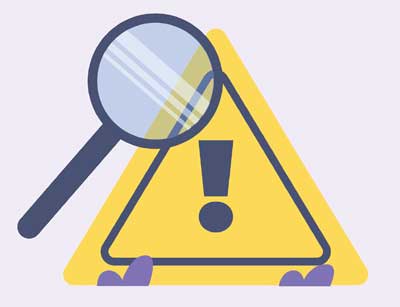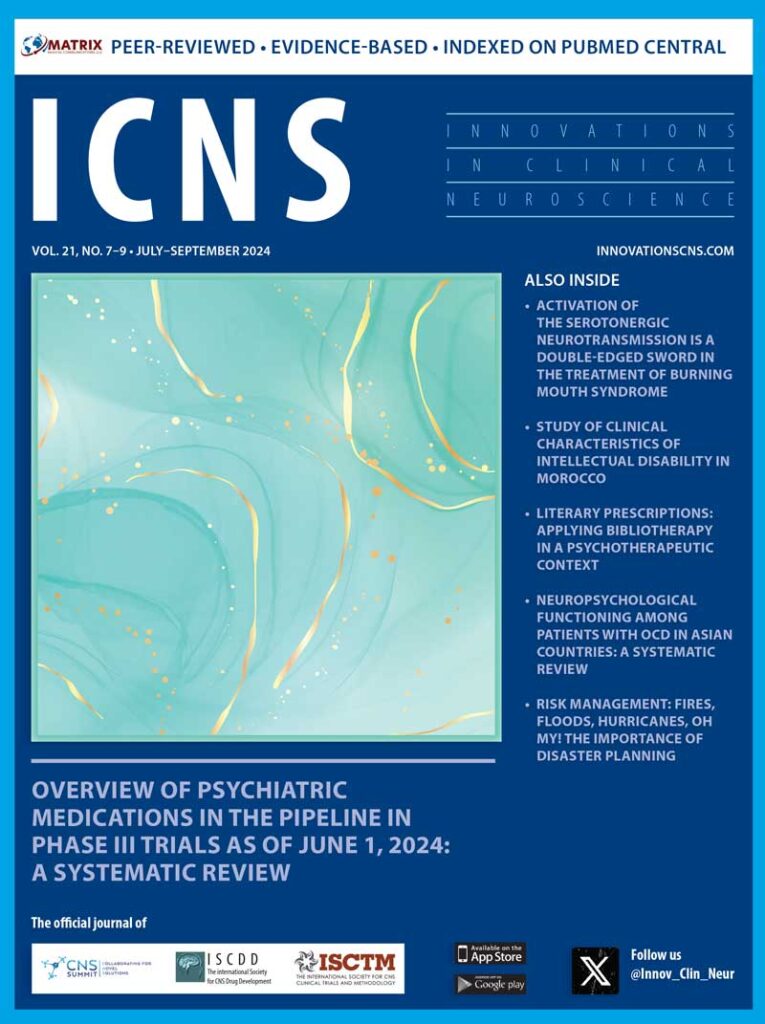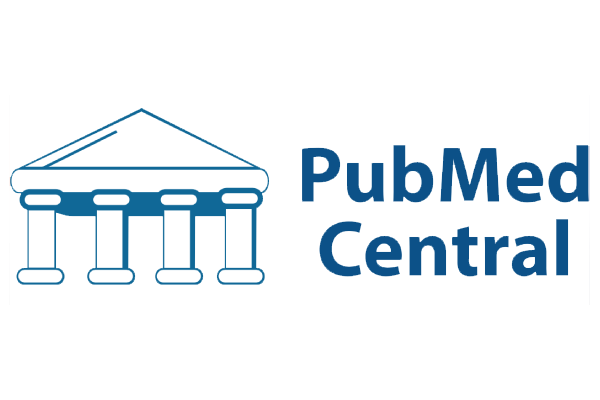
by Akemini “Kem” Isang, RN, JD
Ms. Isang is a Senior Risk Manager at Professional Risk Management Services (PRMS).
Funding: No funding was provided for the preparation of this article.
Disclosures: The author is an employee of PRMS. PRMS manages a professional liability insurance program for psychiatrists.
Innov Clin Neurosci. 2024;21(7–9):48–49.
This ongoing column is dedicated to providing information to our readers on managing legal risks associated with medical practice. We invite questions from our readers. The answers are provided by PRMS (www.prms.com), a manager of medical professional liability insurance programs with services that include risk management consultation and other resources offered to health care providers to help improve patient outcomes and reduce professional liability risk. The answers published in this column represent those of only one risk management consulting company. Other risk management consulting companies or insurance carriers might provide different advice, and readers should take this into consideration. The information in this column does not constitute legal advice. For legal advice, contact your personal attorney. Note: The information and recommendations in this article are applicable to physicians and other health care professionals so “clinician” is used to indicate all treatment team members.
Introduction
In recent years, the United States has witnessed a series of catastrophic natural disasters, from deadly hurricanes and tornadoes to devastating floods and forest fires. In each instance, the impact on healthcare in the affected region has been immeasurable. Catastrophic natural disasters have displaced both clinicians and patients and destroyed medical facilities and countless medical records. These disasters illustrate the importance of emergency preparation and the need for contingency planning.
Why?
The overall goals of an emergency plan are to:
- Minimize the probability of injury or loss related to your patients, visitors, and/or employees in an emergency;
- Minimize, or prevent altogether, the risk of property loss (including equipment, patient records, and business records); and
- Minimize down time and expedite your recovery from the disaster.
How?
The following suggestions may assist you with planning, constructing, and implementing an emergency plan.
1. Identify and analyze
- Compile a list of the specific types of emergencies that might occur. Examples include medical emergencies, psychiatric emergencies, fire, weather-related emergencies, and power outage.
- Identify how and where your office is most vulnerable. This will allow you to determine where you need to focus your attention.
- Visit your city/state emergency management office’s website. Oftentimes, these offices will have resources advising you about risks that are unique to your area.
2. Take inventory
- Before you allocate any of your own resources to developing an emergency plan, you need to determine what safety features and plans are already at your practice location. For example, if your building has an evacuation plan for the building, your plan should incorporate those procedures that are already there.
3. Allocate your resources
- This can mean something as simple as collecting emergency supplies (e.g., batteries, bottled water, flashlights, and nonperishable food) and developing an office evacuation plan, or it can mean a more complex response, as in the case of your medical records.
4. Implement your plan
- The first step in implementing any plan will be the act of communicating it to your office staff. Here are some guidelines to help you in this process.
- Keep it simple: Put it in writing in an easy to read and understand format.
- Keep it accessible: All staff should know the location of the written emergency plan.
- Keep in practice: Provide training and periodic walk-throughs of the plan to ensure that everyone understands their roles and responsibilities during an emergency.
- Keep it updated: Your plan will need to change and evolve to reflect the changes in your practice.
What if…
…Something happens to you? Clinicians should prepare a set of instructions for staff, family members, and willing colleagues regarding what should be done in the event of the clinician’s sudden incapacity. As with any emergency preparedness plan, it should be documented, readily accessible to those who may need to implement it, and regularly updated.
A list of suggested items to be covered in a contingency plan includes:
- Contact information: the clinician’s cell phone number, home phone number, email address, and home address.
- Contact information for the clinician’s spouse, life partner, adult children, or anyone else who would likely know of the clinician’s whereabouts or sudden health problems.
- A statement that staff is authorized to contact these people in the event of the clinician’s unexplained absence from the practice.
- Instructions regarding how long staff should wait before implementing the emergency contact plan in the event of any unexplained absence.
- Instructions regarding who is authorized to have access to patient records in the clinician’s unexplained absence. These instructions also should specify what information can be released from the records.
- Instructions regarding prescription refills and release of information to third parties.
- Instructions regarding how to deal with patients who become upset, either physically or emotionally, in the event of a crisis.
- Names, addresses, and phone numbers of other clinicians who have agreed to act as emergency backups. There should be more than one. Staff should be trained on proper referral procedures and proper termination-of-care procedures.
…Paper records are lost/affected?
1. Secure what’s left
- To the extent that you are able, secure what remains of your records to avoid the possibility of a confidentiality breach.
- Consider taking photos of the damaged area. If someone does file a claim for breach of confidentiality or if at some point you are unable to produce requested records due to their destruction, it will be helpful if you can clearly show the particular circumstances that led to the inadvertent breach or destruction of records.
- Keep copies of any insurance claims filed and newspaper clippings of the event leading to destruction. This will further lend credence to your assertions that there were forces outside of your control that led to the destruction.
2. Salvage what you can
- Begin by ascertaining which patient records were affected.
- The next step is file reconstruction, starting with your most active files. Whether you are recreating them on paper or entering information into an electronic health record, clearly note that it is a reconstruction to avoid suspicion should there be discrepancies between your new file and records that may have been previously released.
- Be candid with patients and let them know that you will be reconstructing their chart. Have them complete a new history form and bring in any medications you may have prescribed. Consider contacting other providers to whom you may have sent records and/or reports. Contact labs who will have copies of information previously sent to you.
- Consider having patients obtain a report of their medications from their pharmacy and bring it to their next visit. If you are unable to determine what medications you have been prescribing and in what dosages, consider consulting your state’s prescription monitoring program.
- If records are damaged, rather than completely destroyed, consult your malpractice carrier for assistance in determining requirements for maintaining damaged records, if any. If, when reconstructing the chart, you are able to salvage some pages but not others, clearly note sections where information was lost.
Conclusion
Although private practice is not immune from disasters or their unfortunate effects, there are proactive measures that can ensure effective response and mitigate potential future harm to your practice and your patients.



